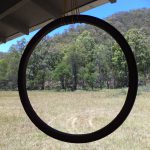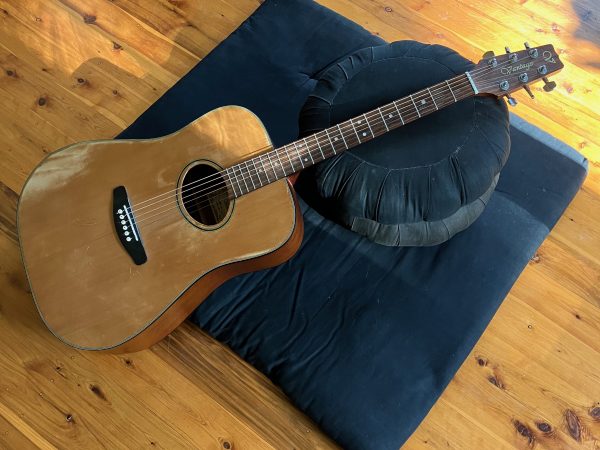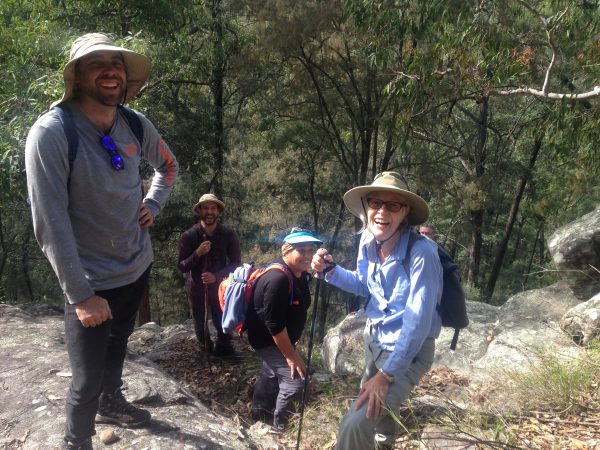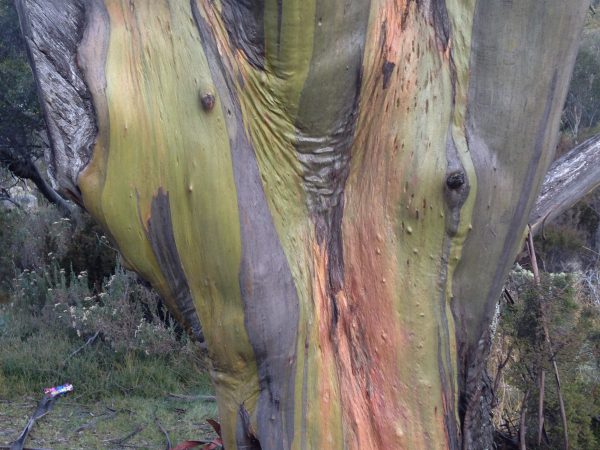Freedom

Freedom comes in those moments when we are truly freed from our conceptual way of experiencing life, we directly experience the moment, no longer looking at everything through the lens of dualism. Those moments can be fleeting and, in a sense, as Zen practitioners it is our life’s work to, to free ourselves from the world of dualism and all the associated suffering. I don’t know anyone that is totally freed, there is always work to be done, even for someone whom we might consider fully awakened. As Zen students, and humans with our perfect imperfections we vow to wake to countless dharma gates and vow to save the many beings from the world of suffering. We spend much of our day in thoughts and concepts, like a river they flow almost endlessly until we take our last breath. We need thoughts and concepts to survive, to function, to delight in life. However, we are often owned by the thoughts and ideas. We identify ourselves as the thoughts and ideas. The thoughts behind our rage, anger and fear can quickly take us over in a moment. Someone says something or does something hurtful. We carry old ideas like ‘I’m not good enough’, or ‘my partner is not good enough’, ‘I don’t like this or that.’ The list goes on. Where’s the freedom then?
There is an interesting koan in the Wumen Kuan, ‘Chao-chou and the Hermits.’ This is taken from Robert Aitken Roshi’s translation[1]:
Chao-chou went to a hermit’s cottage and asked, “Anybody in? Anybody in?” The hermit lifted up his fist.
Chao-chou said, “The water is too shallow for a ship to anchor.” And he left.
Again he went to a hermit’s cottage and asked, “Anybody in? Anybody in?” This hermit too lifted up his fist.
Chao-chou said, “Freely you give, freely you take away, freely you kill, freely you give life.” And he made a full bow.
At first glance you get the idea that maybe the first hermit just didn’t cut it like the second hermit, right? Well this koan is challenging us to go deeper than that. Chao-chou was one of the best, no question. “Anybody in? Anybody in?” Chao-chou is asking, show me the true substance of your existence, right now! Up rockets the fist, ‘there it is.’ Then Chao-chou says, “The water is too shallow for a ship to anchor.” Aitken Roshi describes this as ‘abuse beyond aspersion.’ Chao-chou is testing the hermit, will he or she take it as an insult, or is their practice mature enough to appreciate the fun of the moment. How many of us could step up and meet Chao-chou here, and appreciate his kindness? He tests the next hermit with praise. How will they respond? There is much more to this koan than the praise and abuse, however it points to something in our own lives, and how we respond to praise and insults. Both the hermits responded in the same way, and Aitken Roshi suggests that old Chao-chou would have taken a glance at each of them to see how or if they had been affected by his words. How would we respond, would we feel dejected by the shallowness of our practice, or perhaps proud of our attainments? Either way there is a catch, we are caught up in the ideas, the concepts, ‘too good, not good enough.’ The hermit’s responses to “Anybody in? Anybody in?” are good, so it is interesting that Chao-chou continues. He seems to be testing the maturity of the two hermits.
Some concepts and ideas can have a particular hold on us. They might relate to a difficult childhood, a trauma, abuse or a loss and can be particularly difficult to work with. An event can easily trigger a strong response that might not be proportionate to the situation. Returning to our koan, or breath, or awareness may not be enough for us to navigate through the rough seas of concepts and emotions. Sometimes a concept is weighty, and the emotion and confusion can be difficult to work with and it is not easy to find clarity. This is where the pen can be particularly useful. Sometimes if it seems confusing or difficult to work with particular concepts and the reactive emotions associated with them it is useful to write down what is happening. Pick up a pen and, completely uncensored, write down exactly what is happening in this moment, right now. Do it in such a way that there is no disconnect between what is happening in the mind and what is flowing out on the paper. Some people do this every day as part of their Zen practice. They take up the pen and practise with beginner’s mind[2]. Writing it down has the benefit of at once allowing us to express what is going on, and at the same time allowing us to see the thoughts, to see the words. This somehow takes the weight out of them and enables us to see them for what they are. Just a sequence of thoughts, words and feelings. It is a wonderful process of learning about ourselves, observing the patterns of thought and the associated reactions, and it gives us the opportunity to ask ourselves if we need to keep doing what we are doing. Perhaps there is an opportunity to change our pattern of behaviour. We don’t have to keep what we write. The writing is the process itself. Natalie Goldberg’s book, Writing Down the Bones: freeing the writer within, is very instructive on this process. The Upaya Institute and Zen Centre also have podcasts of talks that Goldberg has givenon the subject.
[1]Aitken, R. 1990 The Gateless Barrier.
[2]Goldberg, N. 1998, Writing Down the Bones: Freeing the writer within
This essay was written by apprentice teacher Will Moon






